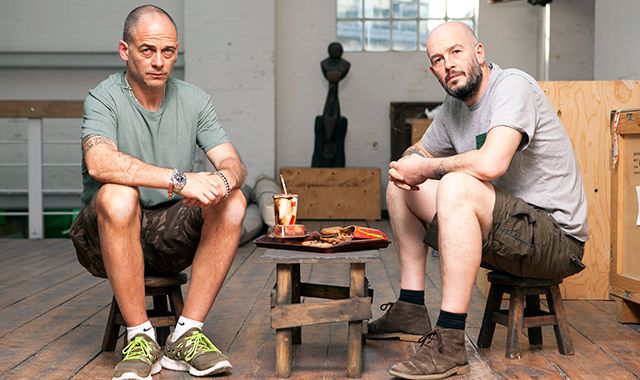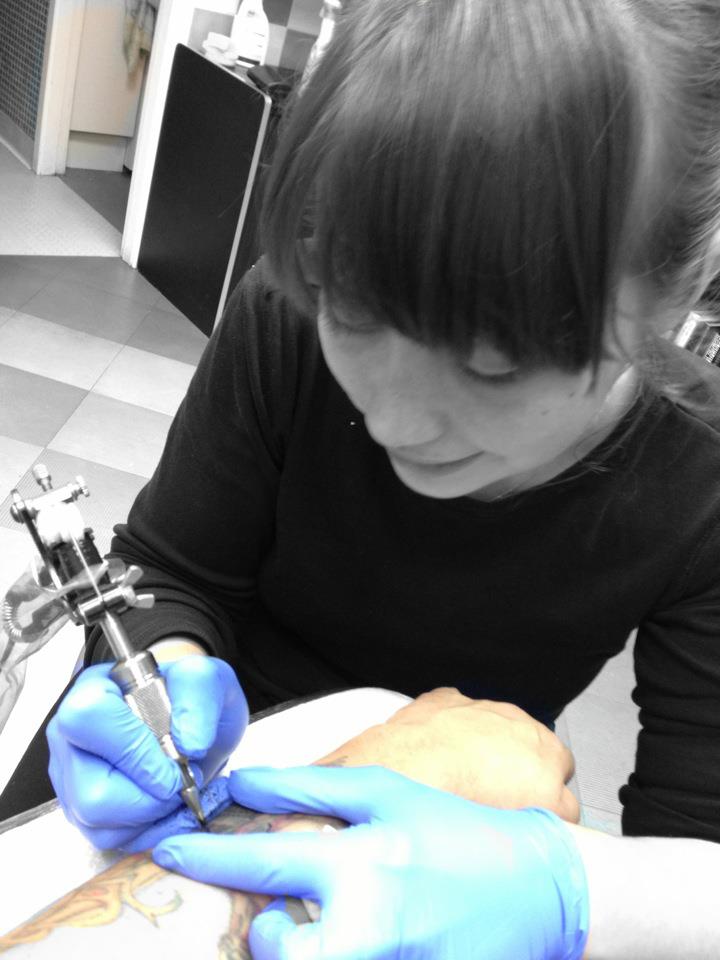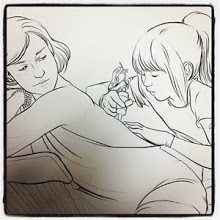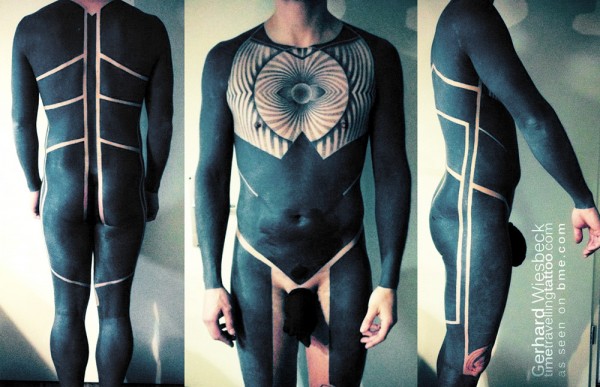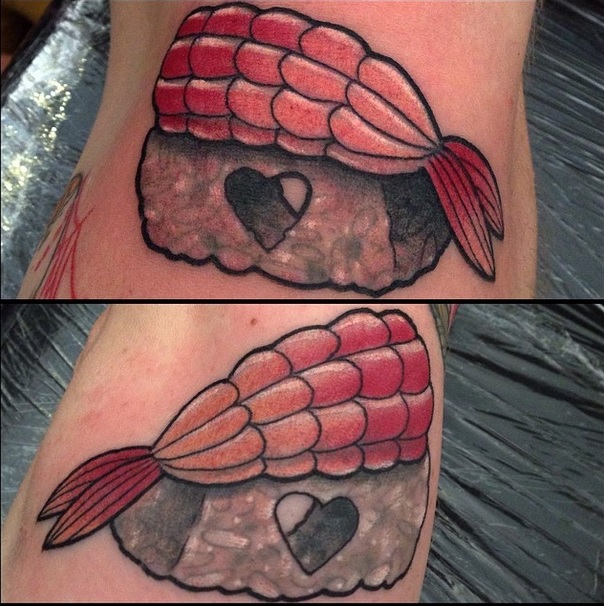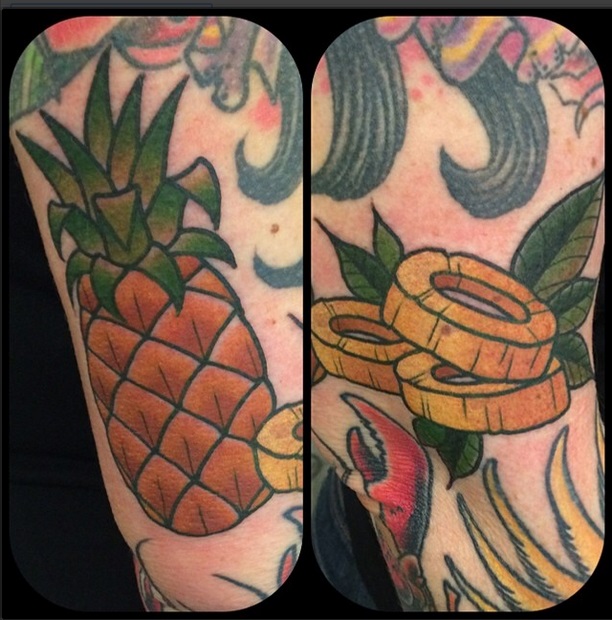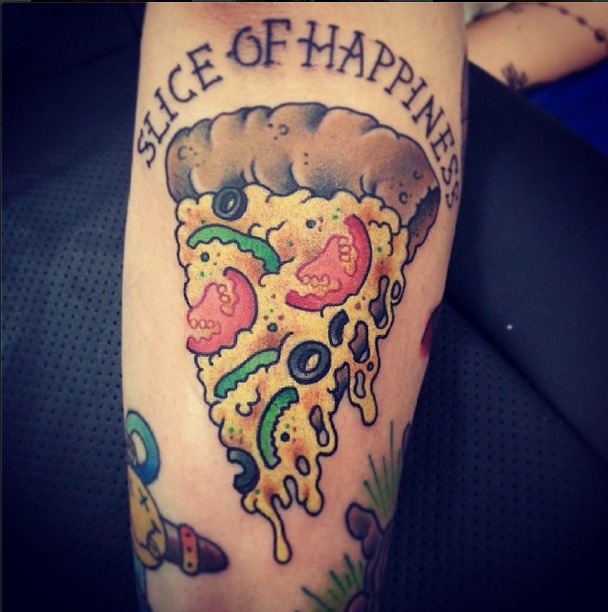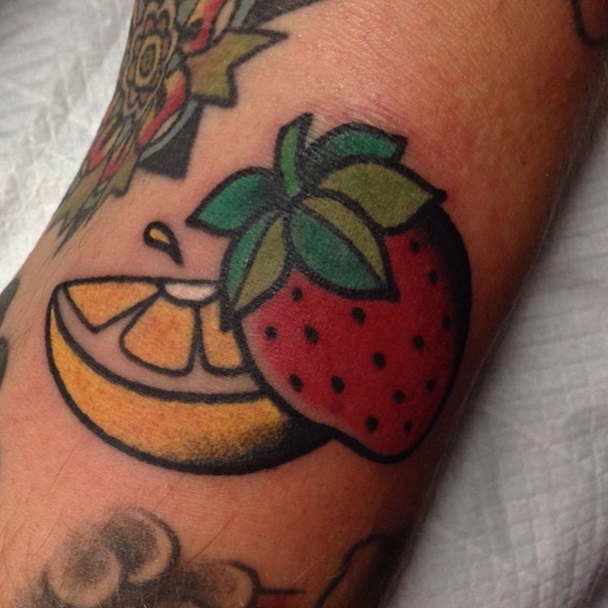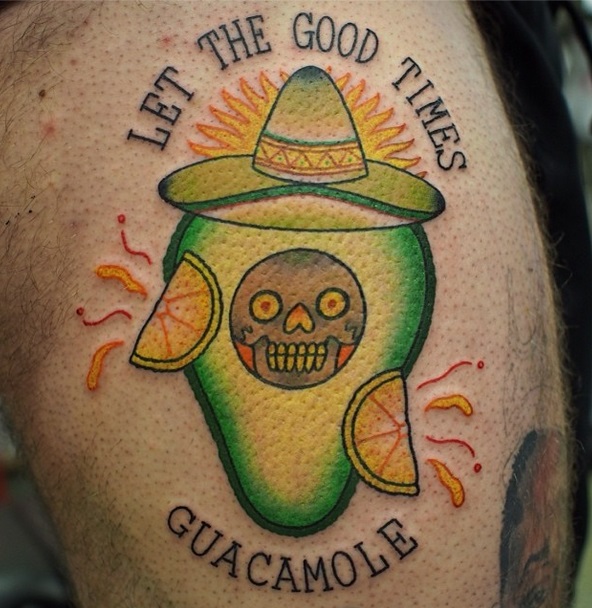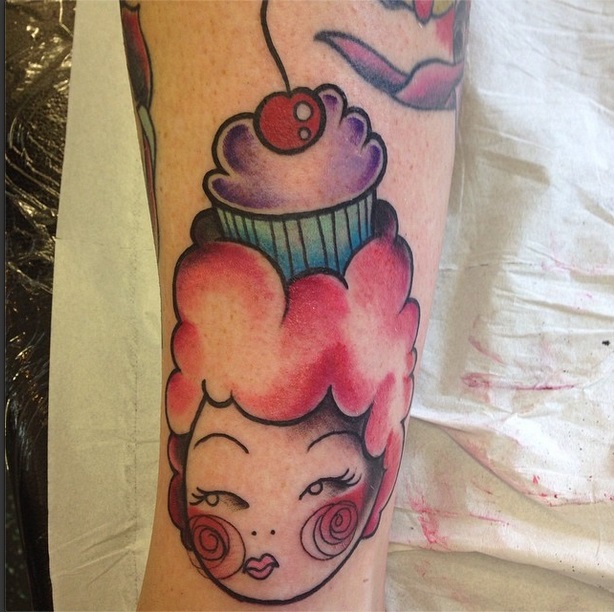“There will be pain. Pain and blood.”
Jake and Dinos Chapman hope to raise £25,000 through Art Fund and their crowd-funding website Art Happens to open a tattoo art project at the Jerwood Gallery.
Those who donate can help bring the brothers back to their home town of Hastings, where their new art exhibition will be on display. Not only will the brother’s be painting over old junk shop finds, but they are encouraging the public to bring in art from their homes for the brothers to update with paint.
Jake and Dinos are also opening a pop-up tattoo parlour in the gallery, in which they will reward those who donated with specially-designed tattoos turning them into walking one-off pieces of art.
The original idea was to have Dinos tattooing in a wooden box, the victim – or lucky customer – would stick their arm through a hole in the box where it would be strapped down, totally hidden from site. Dinos would tattoo a design of his choosing onto their arm and on removal from the hole the recipient would see their new tattoo. Fortunately this idea was dismissed on health and safety grounds by Frieze Art Fair.
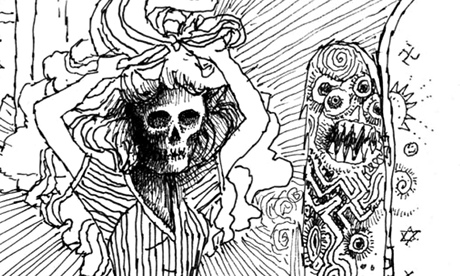
Neither one of the brothers has any formal training and Jake’s forearm is covered with blue scribbles done by Dinos.
He isn’t very good, and he really dug in with the needle – it was very painful.
Will you be donating? Would you let someone tattoo a mystery design on your skin?
Chapman Brothers quoted from The Guardian
Images from The Guardian and www.blouinartinfo.com
